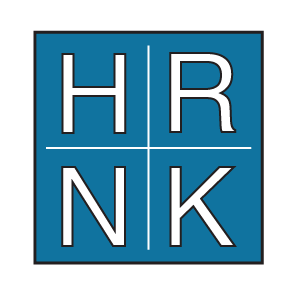In “Coronavirus and North Korean Human Rights: Regime Responses and Future Instability Scenarios,” Robert Collins builds on his extensive expertise and scholarship on North Korean human rights denial, regime dynamics, and preparation for collapse scenarios to scrutinize the impact of the pandemic on the human security of ordinary North Koreans, the North Korean military, the regime’s military-industrial complex, and regime stability.
